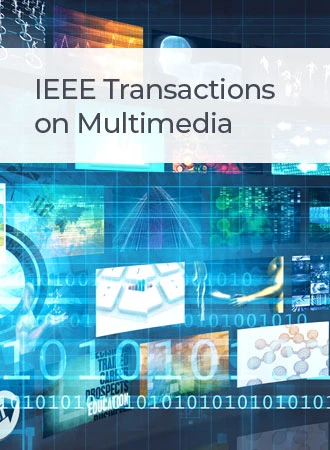Point Patches Contrastive Learning for Enhanced Point Cloud Completion
IF 8.4
1区 计算机科学
Q1 COMPUTER SCIENCE, INFORMATION SYSTEMS
引用次数: 0
Abstract
In partial-to-complete point cloud completion, it is imperative that enabling every patch in the output point cloud faithfully represents the corresponding patch in partial input, ensuring similarity in terms of geometric content. To achieve this objective, we propose a straightforward method dubbed PPCL that aims to maximize the mutual information between two point patches from the encoder and decoder by leveraging a contrastive learning framework. Contrastive learning facilitates the mapping of two similar point patches to corresponding points in a learned feature space. Notably, we explore multi-layer point patches contrastive learning (MPPCL) instead of operating on the whole point cloud. The negatives are exploited within the input point cloud itself rather than the rest of the datasets. To fully leverage the local geometries present in the partial inputs and enhance the quality of point patches in the encoder, we introduce Multi-level Feature Learning (MFL) and Hierarchical Feature Fusion (HFF) modules. These modules are also able to facilitate the learning of various levels of features. Moreover, Spatial-Channel Transformer Point Up-sampling (SCT) is devised to guide the decoder to construct a complete and fine-grained point cloud by leveraging enhanced point patches from our point patches contrastive learning. Extensive experiments demonstrate that our PPCL can achieve better quantitive and qualitative performance over off-the-shelf methods across various datasets.增强点云补全的点补丁对比学习
在部分到完全点云补全中,必须使输出点云中的每个patch都忠实地表示部分输入中的对应patch,从而保证几何内容的相似性。为了实现这一目标,我们提出了一种称为PPCL的简单方法,旨在通过利用对比学习框架最大化编码器和解码器的两个点补丁之间的互信息。对比学习有助于将两个相似的点块映射到学习到的特征空间中的对应点。值得注意的是,我们探索了多层点补丁对比学习(MPPCL),而不是在整个点云上操作。负值在输入点云本身而不是其余的数据集中被利用。为了充分利用部分输入中存在的局部几何形状并提高编码器中点补丁的质量,我们引入了多级特征学习(MFL)和分层特征融合(HFF)模块。这些模块还能够促进各种级别的功能的学习。此外,设计了空间通道变压器点上采样(SCT),通过利用我们的点补丁对比学习的增强点补丁来指导解码器构建完整的细粒度点云。广泛的实验表明,我们的PPCL可以在各种数据集上实现比现成方法更好的定量和定性性能。
本文章由计算机程序翻译,如有差异,请以英文原文为准。
求助全文
约1分钟内获得全文
求助全文
来源期刊

IEEE Transactions on Multimedia
工程技术-电信学
CiteScore
11.70
自引率
11.00%
发文量
576
审稿时长
5.5 months
期刊介绍:
The IEEE Transactions on Multimedia delves into diverse aspects of multimedia technology and applications, covering circuits, networking, signal processing, systems, software, and systems integration. The scope aligns with the Fields of Interest of the sponsors, ensuring a comprehensive exploration of research in multimedia.
 求助内容:
求助内容: 应助结果提醒方式:
应助结果提醒方式:


